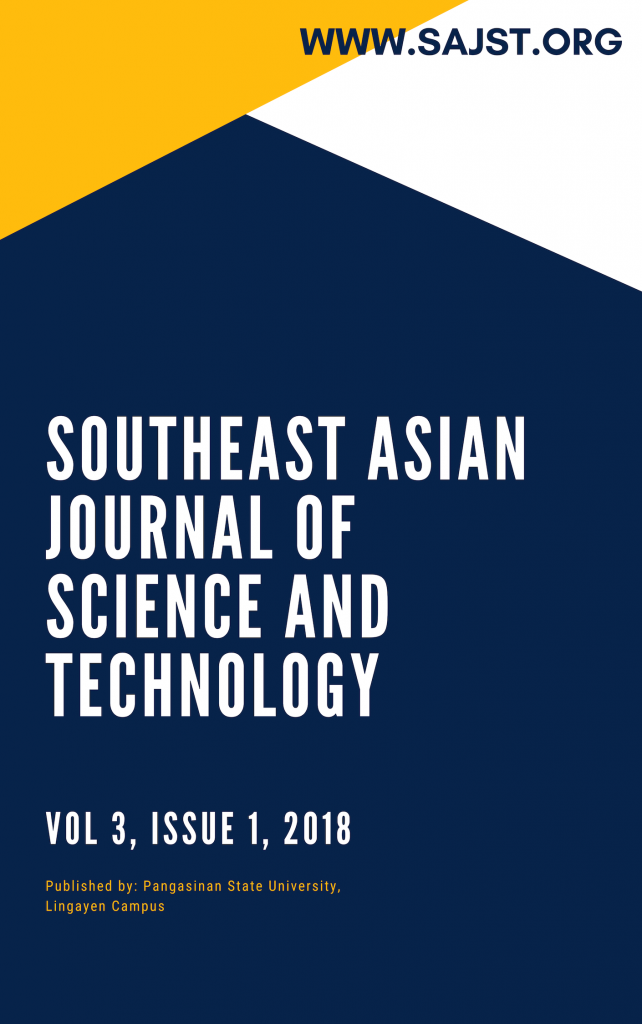Abstract
This study aimed to determine the level of Knowledge in Emoticons of the AB English Language Students of Pangasinan State University, Lingayen Campus. Specifically, it sought to determine the profile of the respondents in terms of their age, sex, Internet Enabled Devices, Social Networking Sites Access and reason for using emoticons. This study, in the same manner, also looked into the frequency of the use of emoticons and significant difference between the levels of Knowledge in Emoticons across the profile of respondents. Descriptive method of research was utilized in this study. The respondents of the study were forty (40) regular and irregular Second Year AB English Language Students who were selected through random sampling. The study used survey questionnaire as tool in gathering the data needed which was employed and adopted to some reliable sources, and asked some help to those who are knowledgeable in terms of computer mediated communication to guide the researchers in making the questionnaire. The questionnaire used by the researchers was validated by the Statistician and Thesis Adviser as the main instrument in gathering and collecting data. The study revealed that Smartphone is the common internet enabled device owned by ABEL students. Facebook is the most common social networking site where they frequently use both the animated and traditional emoticons when expressing their emotions. Based from the findings, the researcher recommended that emoticons could be considered as a technique for teaching so that the teaching and learning process could be made more enjoyable and interesting and may result to an effective communication between the students and the teachers. However, both the teachers and the students should first be knowledgeable on the meanings of these emoticons because failure to understand may also mean misunderstanding.
Authors retain copyright and grant the journal right of first publication with the work simultaneously licensed under a Creative Commons Attribution 4.0 International License that allows others to share the work with an acknowledgment of the work's authorship and initial publication in this journal.

